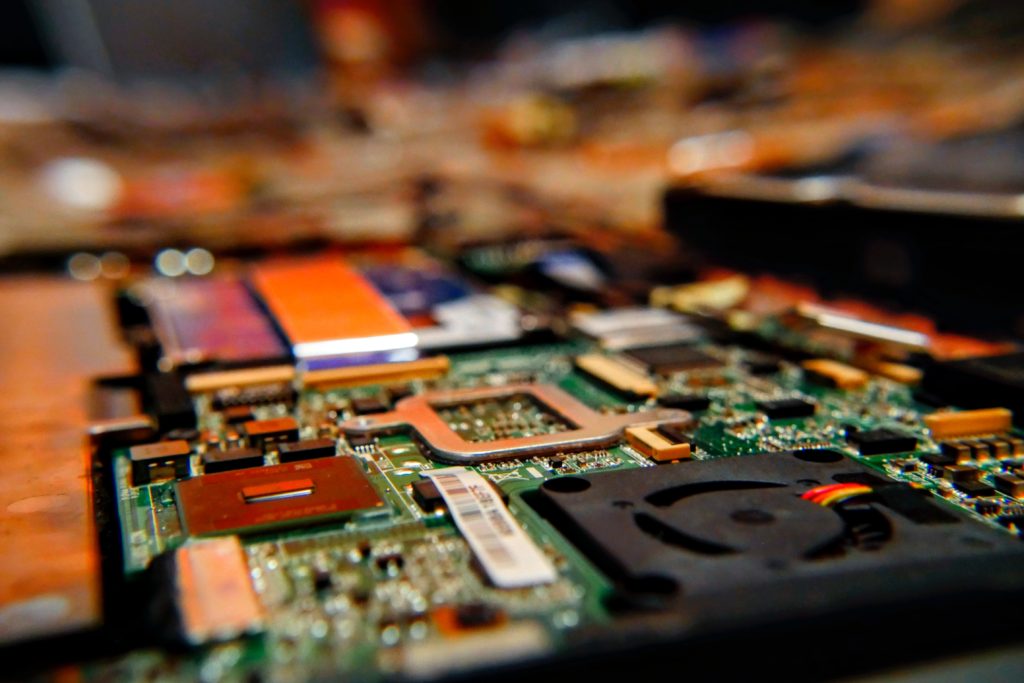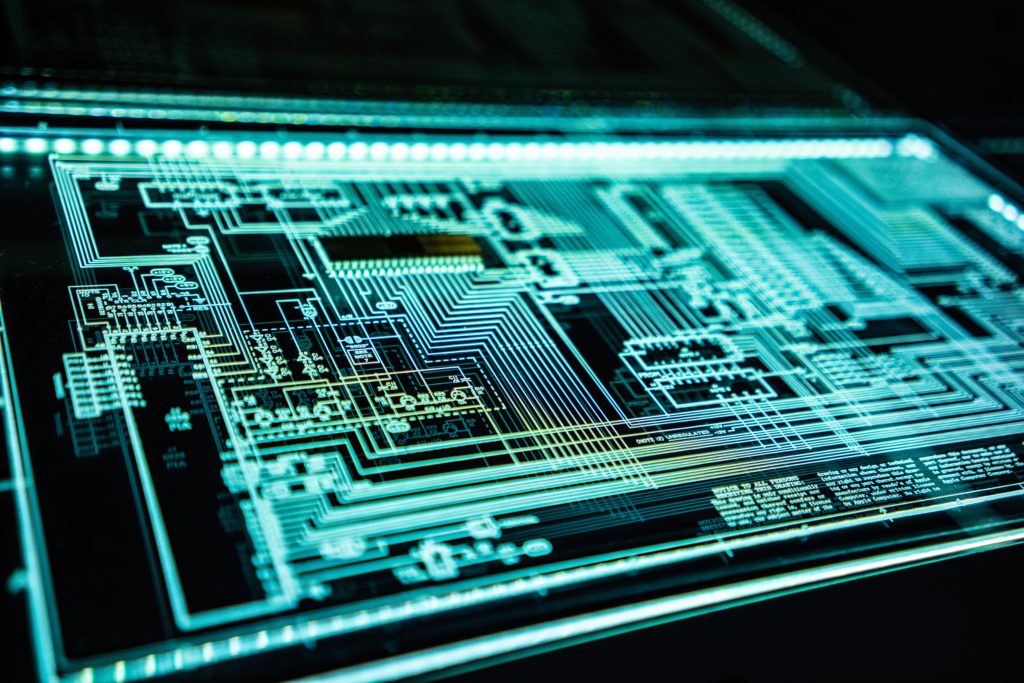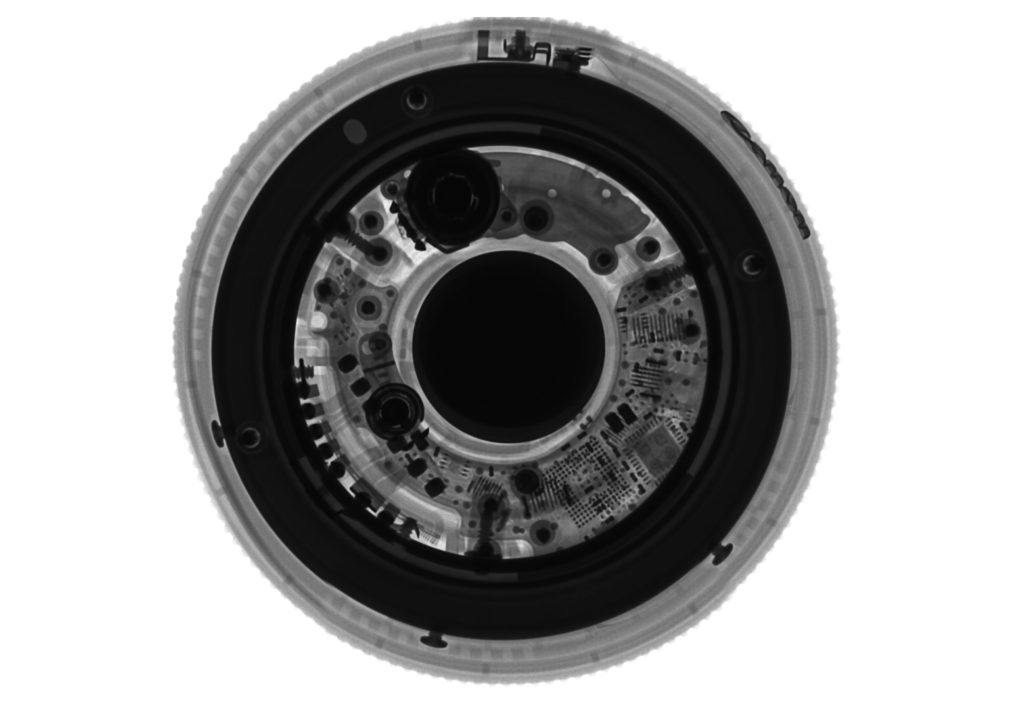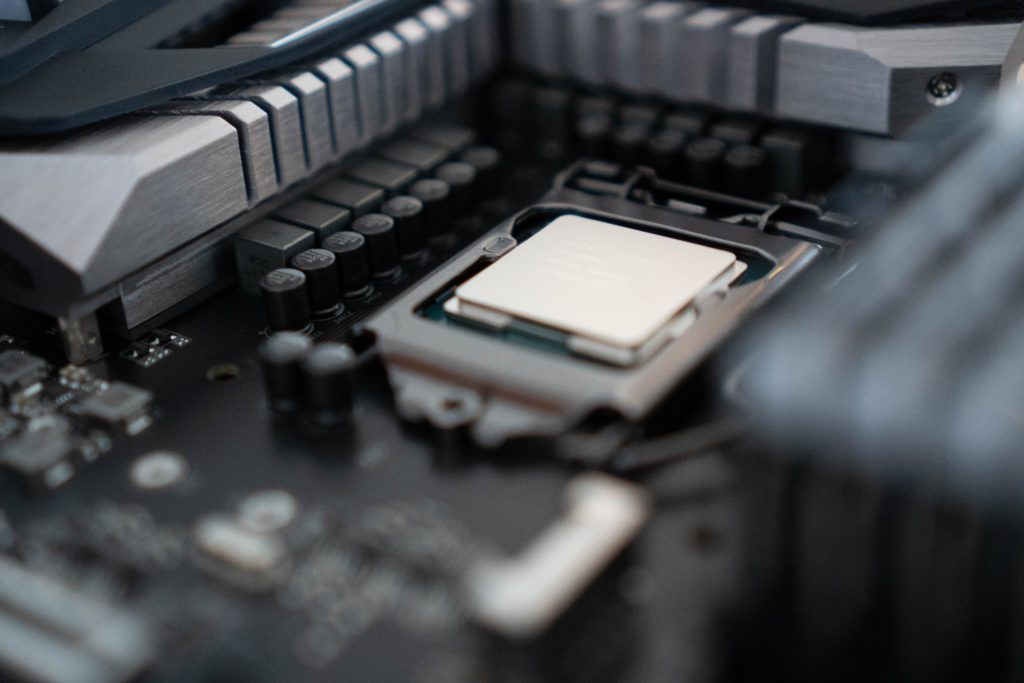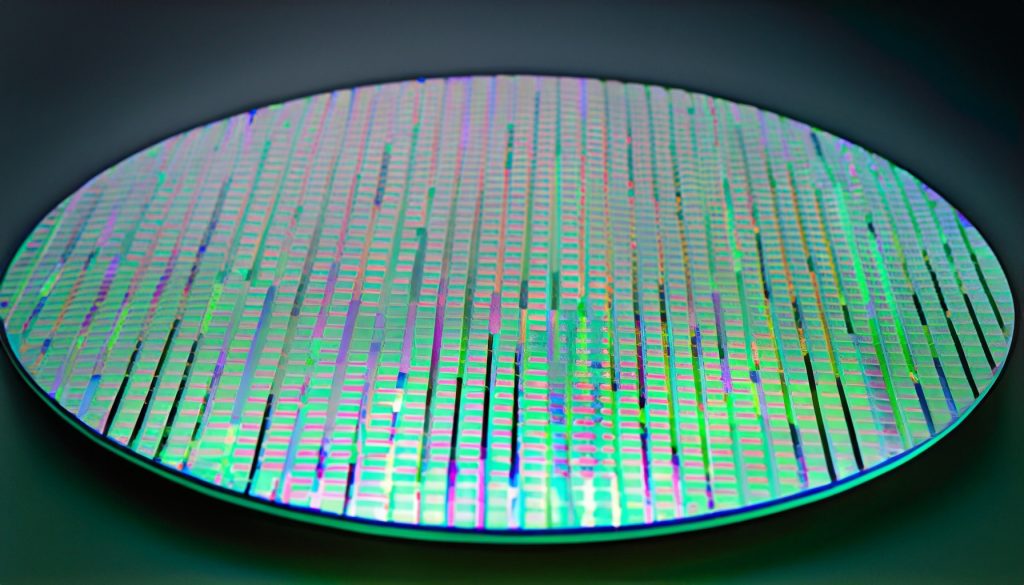The applications that run on silicon architecture are constantly evolving. Today, these architectures are more compute and memory intensive than ever before. It also means that the users of these applications are processing more data and thus demand the lowest latency possible.
In reality, achieving good latency is challenging for any computer architecture. It is valid for CPUs, GPUs, specialized ASICs, and so on. Computer architects have been exploring a unified architecture to bridge the gap between higher user experience and lower latency. The goal is to connect different types of XPU blocks uniformly and thus allow the application to have faster memory access, which speeds up the computation.
Unified: Unified Architecture Are Providing XPU Design Methods For New-Age Applications.
Benefits: By Leveraging Unified Architecture, Applications Can Benefit From Low-Level Architectural Features.
Unified Architecture is more suitable for general-purpose computing, so high-bandwidth demanding applications still use Non-Unified Architecture. However, as the application complexity along with silicon design and manufacturing (chiplet) changes, a case in favor of unified architecture is being made.
At the application level, there can be contention with the use of unified memory. However, harmonious architecture can still provide better performance in terms of design and response time by using memory-level caching algorithms.

Companies already use unified architecture to build more powerful chips with better silicon areas. It can also improve the application performance by 2x to 4x. On another side, by better utilization of resources such as memory, bandwidth, and data, the overall cost of processing decreases, thus enabling better battery life and a higher user experience.
A computer architecture that follows a unified approach can get used for different computing needs, from gaming to science. It also reduces the response time of AI-driven applications, which are time-sensitive.
Applications: The Complexity And Features Of Applications Are Increasing, And Unified Architecture Are Providing A Suitable Silicon Platform.
Alternate: The Computing Industry Can Now Make Use Of Another Type Of Architecture For Compute And Memory-Intensive Applications.
By leveraging the benefits of unified architecture, the silicon industry is pitching a case against non-uniform architecture that has primarily dominated learning applications. However, it is still too early to say whether providing a single block of memory to different types of CPUs, GPUs, and NPUs will be the de-facto design process for laptop and PC SoCs.
Whichever way the computer architecture development progresses, computer architects have provided an alternative for the semiconductor computing industry by showcasing the power of unified architecture.


